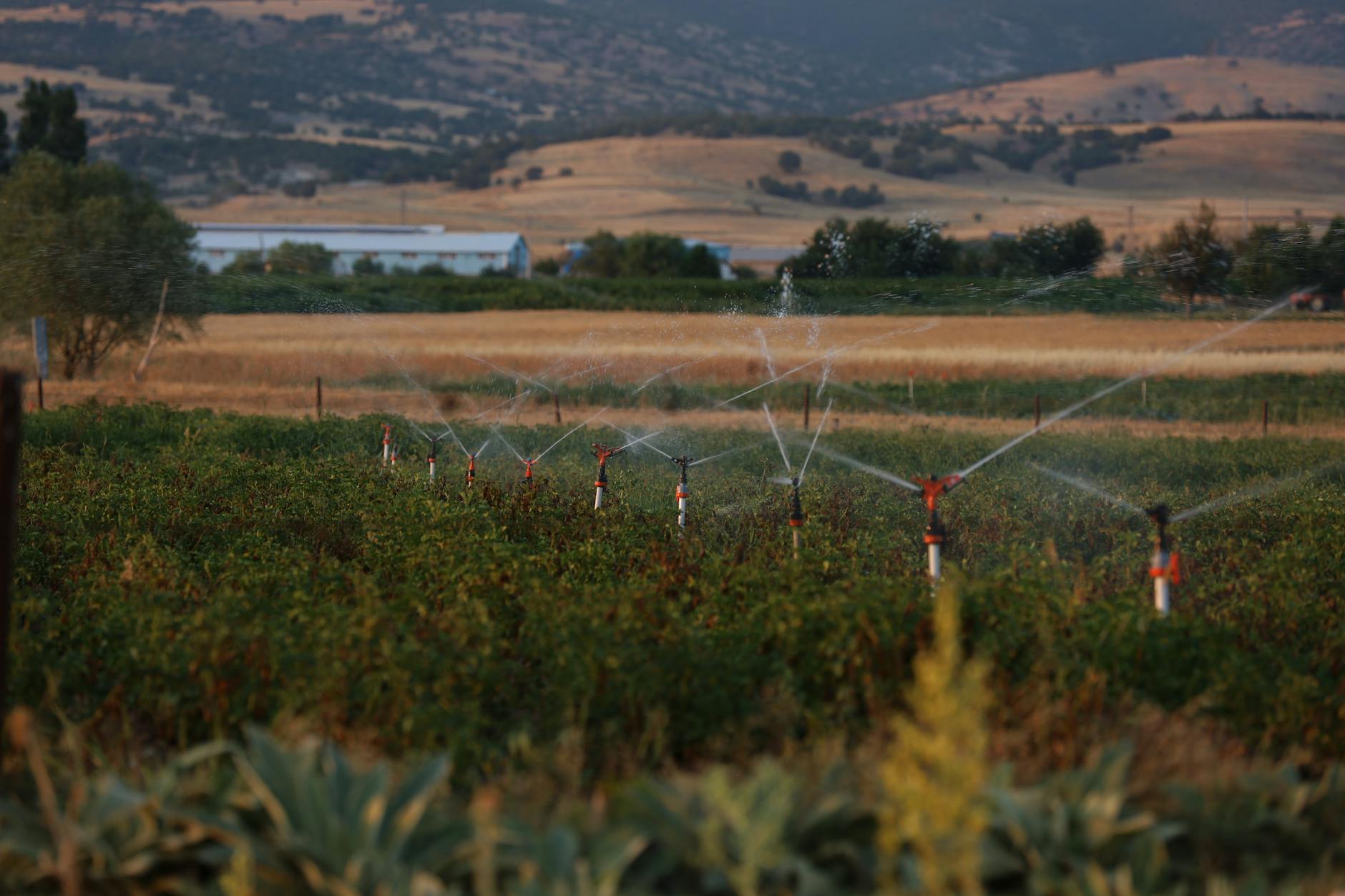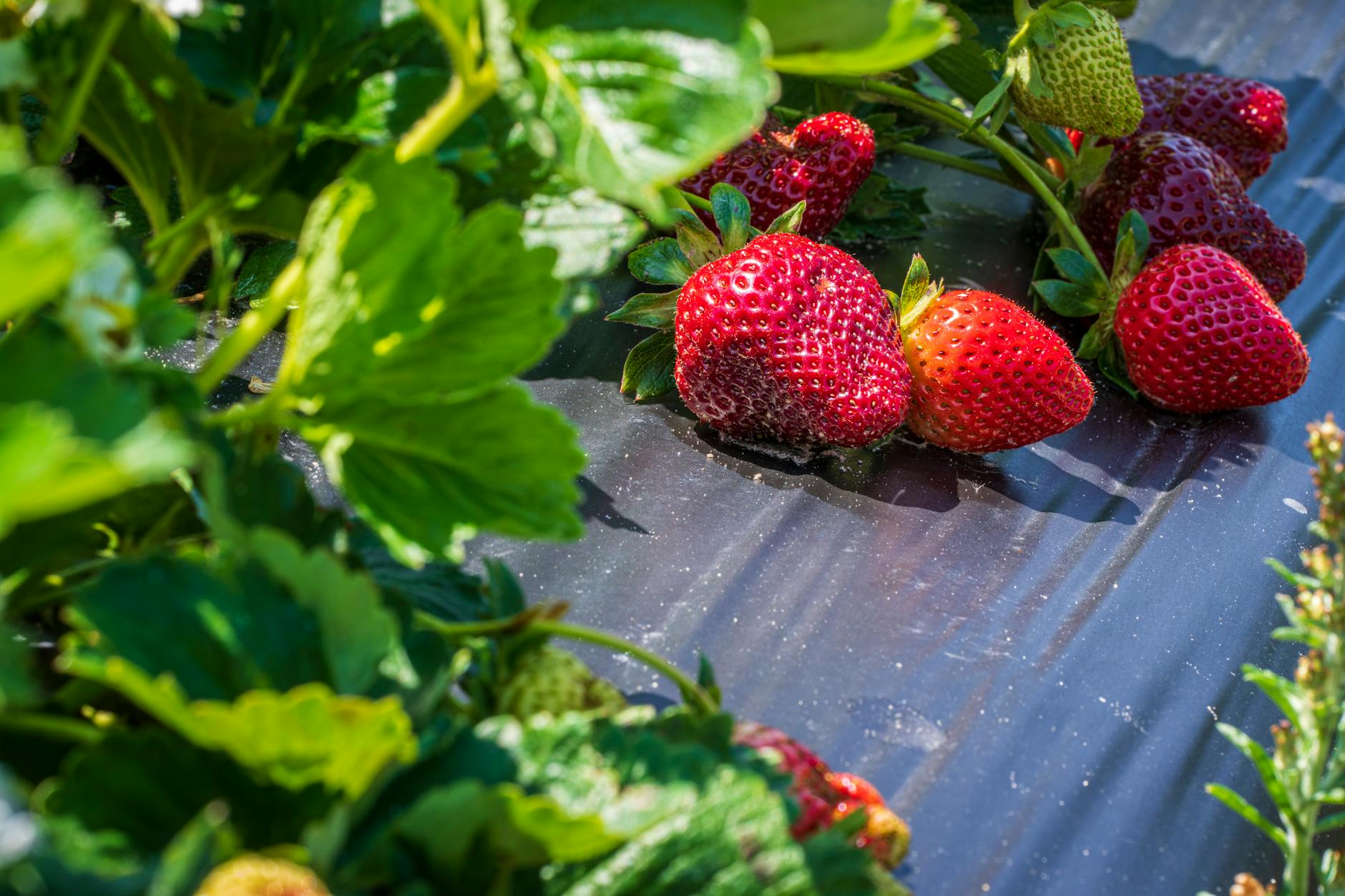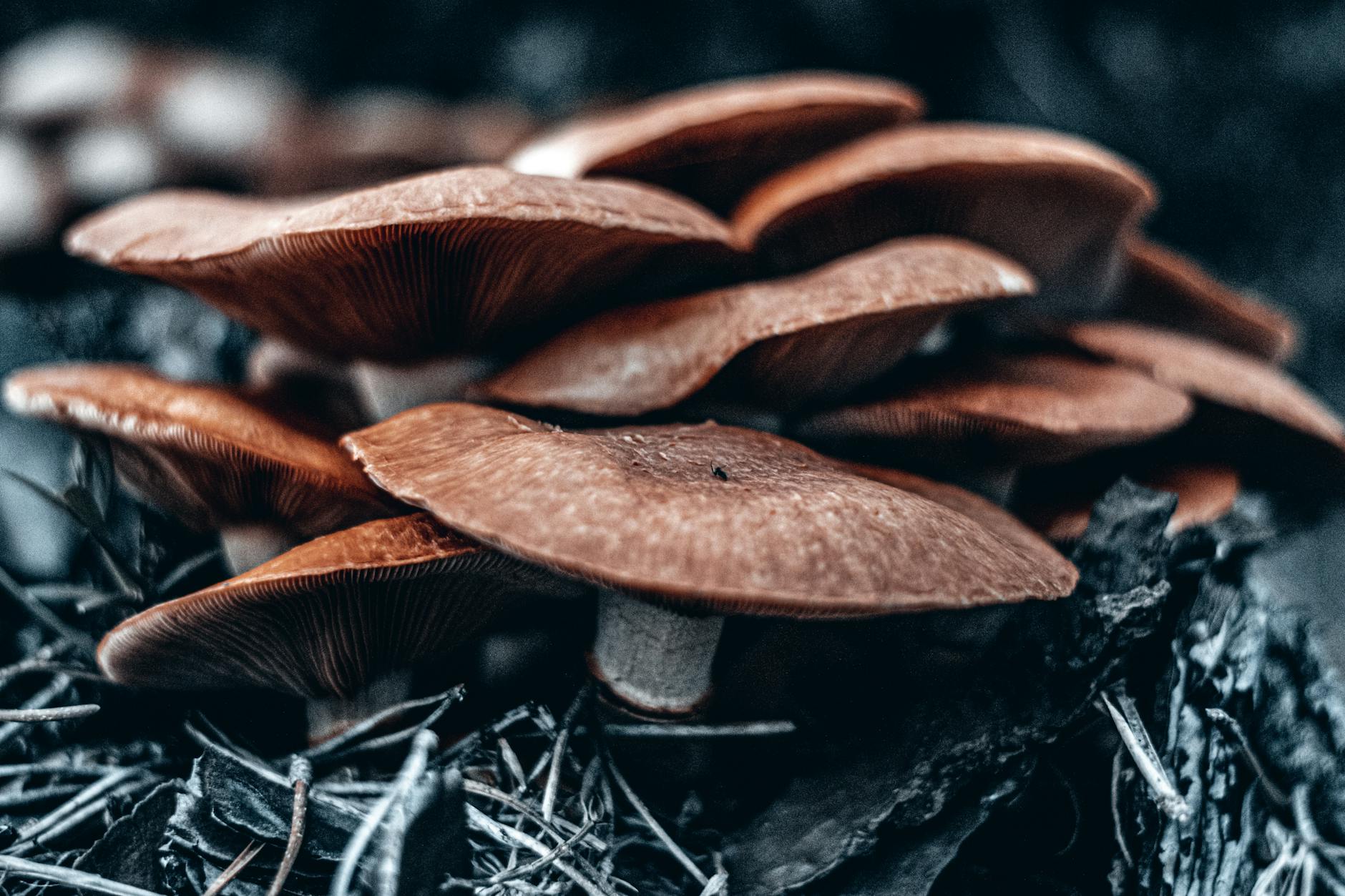Mushroom Farming: Essential Hydration Tips for Thriving Crops
Mushroom farming is a rewarding and lucrative agricultural practice that requires careful attention to detail, especially when it comes to providing the right levels of hydration for the crops. Water is a vital element in the growth and development of mushrooms, and ensuring proper hydration is crucial for maximizing yield and quality. In this article, we will explore some essential hydration tips to help your mushroom crops thrive.
Understanding the Importance of Hydration in Mushroom Farming
Hydration plays a critical role in the lifecycle of mushrooms, from the initial mycelium growth to the formation of fruiting bodies. Mushrooms are composed mainly of water, and maintaining adequate moisture levels is key to their growth and development. Insufficient hydration can lead to stunted growth, lower yields, and poor quality mushrooms. On the other hand, over-watering can create a conducive environment for mold and bacterial growth, potentially ruining the entire crop.
Monitoring Moisture Levels Regularly
One of the fundamental hydration tips in mushroom farming is to monitor moisture levels regularly. Different types of mushrooms have varying water requirements, so it is essential to understand the specific needs of the species you are cultivating. Use moisture meters or manual methods like visual inspection and hand-feeling to assess the moisture content of the substrate. Maintaining optimal moisture levels throughout the growing cycle is crucial for healthy mushroom development.
Proper Irrigation Techniques
Another vital aspect of mushroom hydration is the use of proper irrigation techniques. Depending on the cultivation method you are using, such as indoor cultivation or outdoor beds, you may need to adjust your watering practices accordingly. For indoor mushroom farming, consider using automated irrigation systems to ensure consistent moisture levels. Outdoor growers may need to rely on manual watering or drip irrigation methods to prevent over-watering and water wastage.
Utilizing Humidity Control
In addition to irrigation, controlling the humidity levels in the growing environment is essential for successful mushroom cultivation. Mushrooms thrive in high humidity conditions, typically ranging between 80-90%. Use humidifiers or misting systems to maintain optimal humidity levels within the growing area. Proper ventilation is also crucial to prevent the build-up of excess moisture, which can lead to fungal diseases and other issues.
Mulching and Composting for Improved Water Retention
Mulching and composting are effective techniques for improving water retention in the soil or substrate. Organic mulches like straw, leaves, or wood chips can help maintain moisture levels and provide a conducive environment for mushroom growth. Composting organic materials adds nutrients to the substrate while enhancing its water-holding capacity. These practices not only benefit hydration but also contribute to the overall health and productivity of the mushroom crop.
Conclusion
In conclusion, proper hydration is a cornerstone of successful mushroom farming. By understanding the importance of hydration, monitoring moisture levels, employing appropriate irrigation techniques, controlling humidity, and utilizing mulching and composting, you can ensure your mushroom crops thrive and produce high-quality yields. Implementing these essential hydration tips will help you maximize the potential of your mushroom farm and enjoy a bountiful harvest. So, stay mindful of hydration, and watch your mushrooms flourish!


